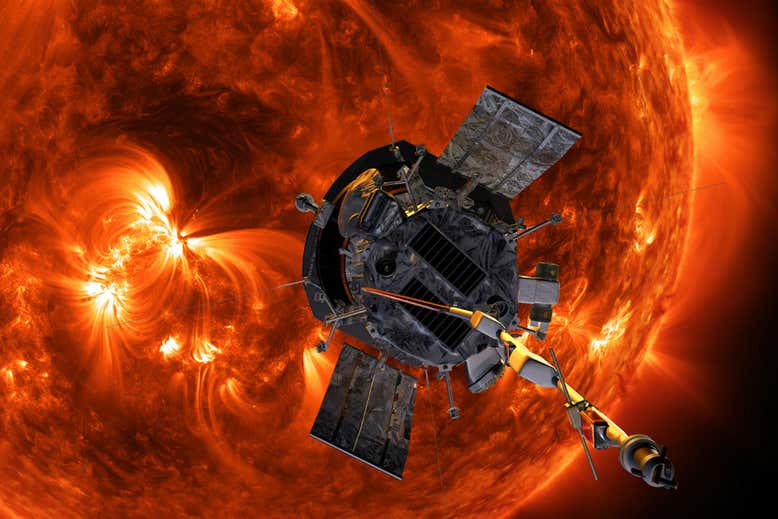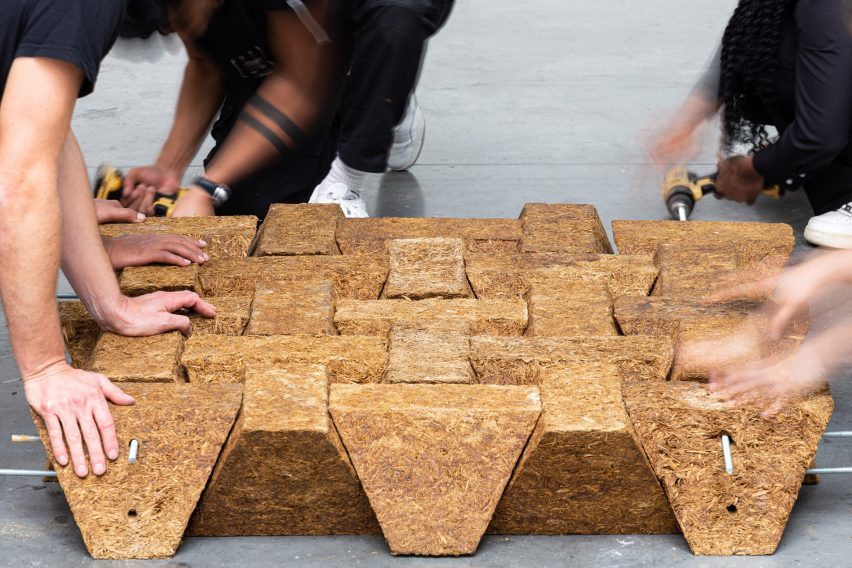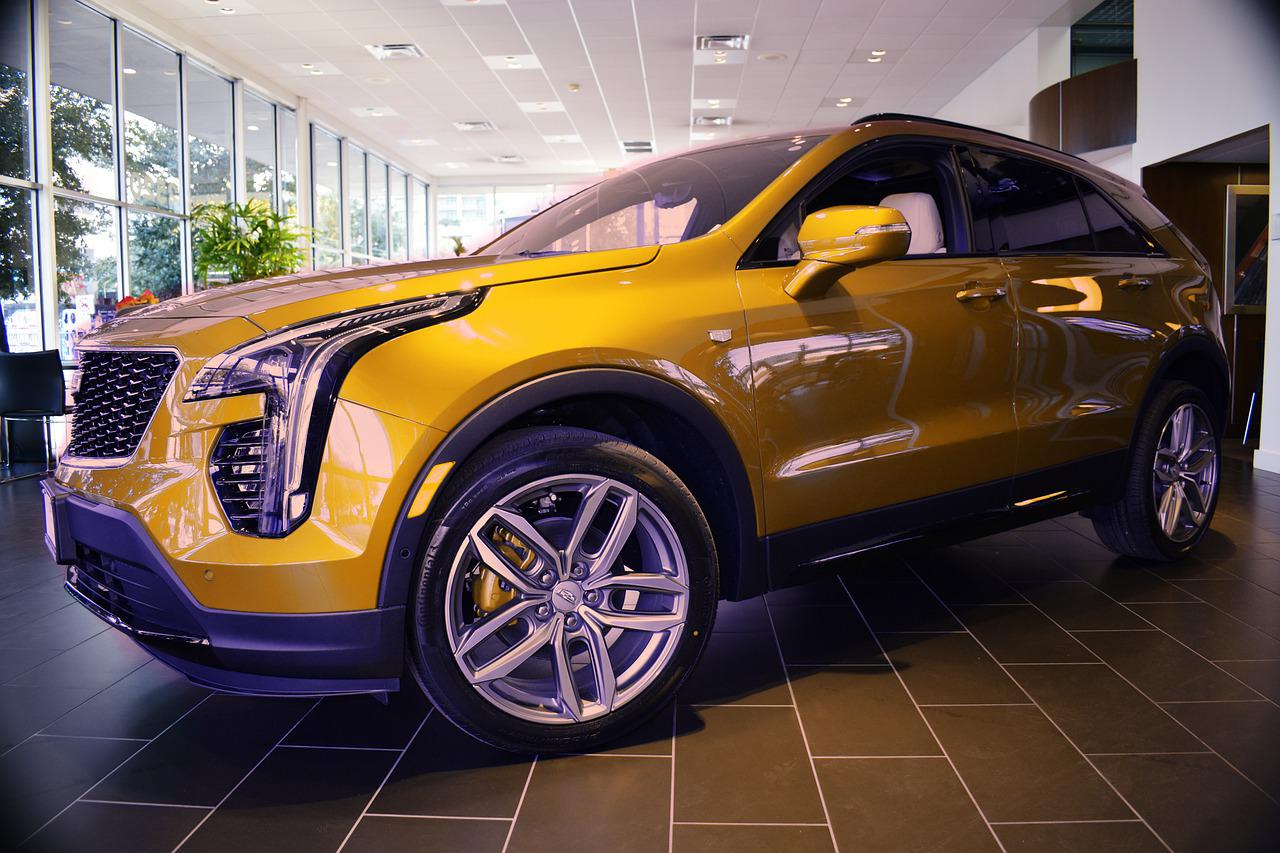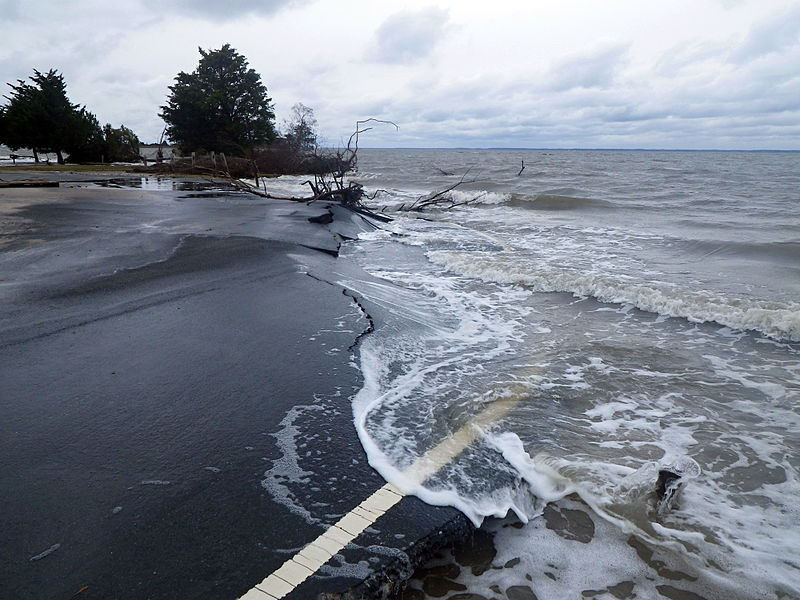Defense Suppliers On Defensive vs. Crowdsource Alternative
DARPA recently awarded $1 million to “Team Ground Systems” made up of three designers who built a new drivetrain for an amphibious tank, the “Fast, Adaptable, Next-Generation Ground Vehicle” (FANG). The team beat out over 1,000 other entries in the design of an amphibious tank capable of performing better than the Defense Department designed “Amphibious Combat Vehicle” (ACV).
Amphibious Combat Vehicle A Sign Of Things To Come
The ACV is needed to safely convey Marines from ship to shore while under fire. The purpose of DARPA’s contest was, among other things, to see if crowdsourcing design of military weaponry could increase innovation while cutting costs.
Each of the three engineers worked in separate geographic areas of the United States using online design tools and open source code provided by DARPA. The winning design was chosen for the improvement it would lead to in system performance and ease of manufacture.
More DARPA Crowdsource Competitions On The Way
According to analysts the results of the competition show that the Defense Department’s acquisition process is too compartmentalized, subject to skyrocketing costs, and timetable delays because of an inefficient design process.
Nontraditional defense designers will now be called upon to compete with more established companies, making a stronger military that may not necessarily cost as much. DARPA will soon begin another $1 million competition for hull design and a $2 million competition for an integrated vehicle.
The top 10 contractors of the US government
- Lockheed Martin-$35 billion
- Boeing- $19.5 billion
- Northrop Grumman-$16.8 billion
- General Dynamics-15.2 billion
- Raytheon-$15.2 billion
- United Technologies-$7.7 billion
- L-3 – $7.5 billion
- Oshkosh Truck Corporation-$7.2 billion
- SAIC Inc – $6.8 billio
- BAE Systems-$6.6 billion






